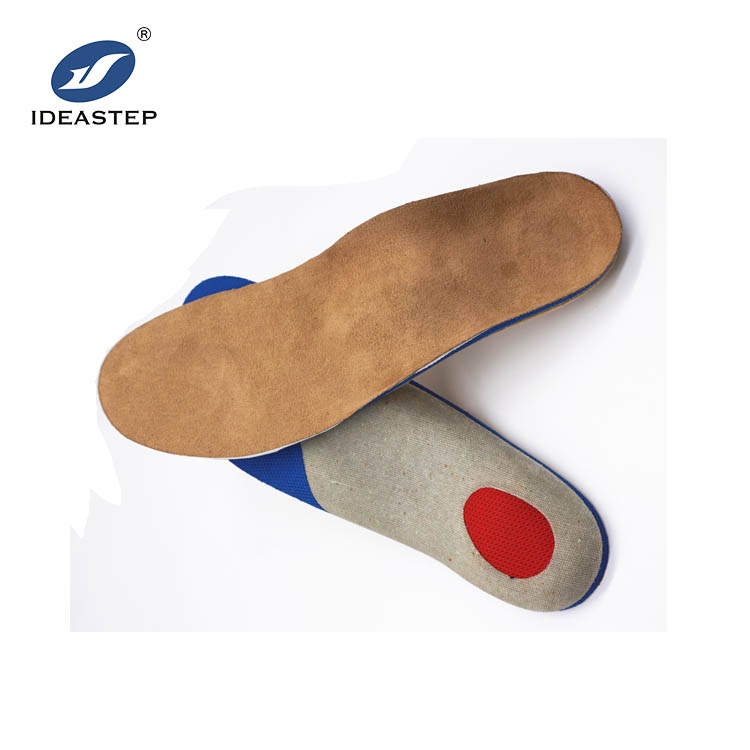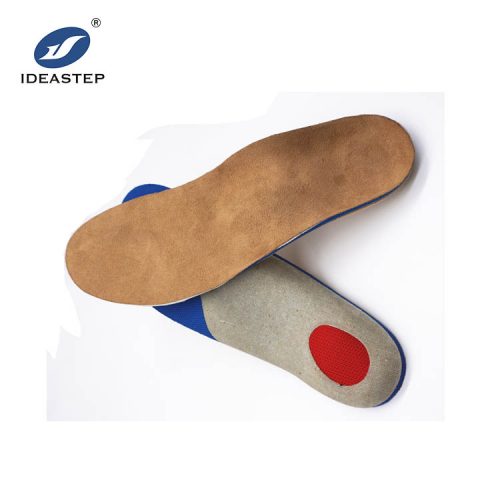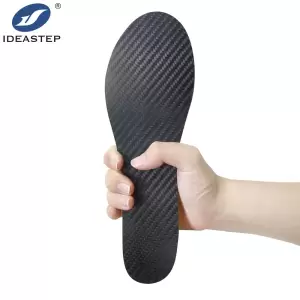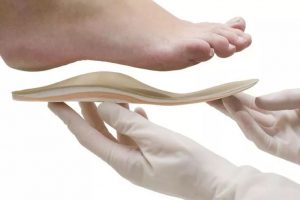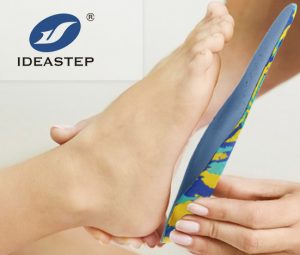HOW CAN I ELIMINATE JOINT PAIN FROM FLAT FEET?
The human foot is made up of 33 joints that connect 26 bones and more than 100 muscles, tendons, and ligaments. The arches of your feet provide your step spring and help to distribute your body weight and all of its compressive stresses over your feet and legs. The foot arch’s construction dictates how a person walks and must be both strong and flexible.
WHAT DO FLAT FEET MEAN?
Flat feet, also known as pes planus or fallen arches, is a postural deformity that arises when the arch of the foot collapses and the entire or almost entire foot comes into contact with the ground. This issue can be present at birth or develop over time as a result of age or an accident. The “wet footprint test” or the “shoe inspection test” can typically be used to self-diagnose flat feet. Simply wet your feet and examine the moist imprint left behind. The flatter the foot, the thicker the imprint between the heel and the ball of the foot. A high arch foot, on the other hand, will only reveal your heel and the top part of your foot near your toes.
HOW CAN I ELIMINATE JOINT PAIN FROM FLAT FEET?
In the same way, if you analyze your shoes and notice more wear on the inside of the soles, you may have flat feet. As a result of the incorrect foot mechanics, the upper of the shoe will lean inward over the sole. Excessive pronation of the foot is usually related with flat feet. When the arch of the foot drops lower and inward as the foot meets the ground, this is known as overpronation. Overpronation reduces the ability of the foot to absorb shock, putting more strain on the feet, ankles, and knees.
SYMPTOMS OF FLAT FEET
If you’re experiencing shin splints, back discomfort, knee pain, or hip pain, your feet could be the source of the problem. When you walk, the force on each foot can be up to five times your body weight. If your foot doesn’t absorb the stress adequately, it can lead to further issues, which is why persons with flat feet often have pain in the midfoot.
When you walk, your foot will tend to roll inward if you have flat feet. That extra motion can put additional strain on your legs. Swelling along the inner ankle and arch, as well as hip, knee, and lower back pain, may accompany this pain, which tends to get worse with movement. Because your Achilles tendon must overcompensate as you push off with your feet, flat feet can develop to tendonitis.
Overpronation places undue strain on your knees. Your leg rotates inward as your foot over-pronates, causing the knee to flex and lengthen while pointing inward. This is not the typical direction for the knee and adds to the joint’s stress. The hip joints can also be affected by overpronation. The leg turns inward when the foot pronates, and the hip joints might become misaligned. This ailment puts additional strain on the hip and leg muscles as a whole.
HOW CAN I ELIMINATE JOINT PAIN FROM FLAT FEET?
THINGS TO DO IF YOU HAVE FLAT FEET
Flat feet and the joint discomfort that comes with them can be treated in a variety of ways. Generally, doctors advise a conservative treatment, with surgery reserved for the most severe instances.
PROPER FOOTWEAR IS ESSENTIAL.
Healthy footwear can help to alleviate the knee and hip pain that comes with flat feet. High heels increase the risk of knee joint deterioration, so opt for low-heeled shoes wherever possible. Flat shoes, on the other hand, must be carefully examined because they do not give appropriate arch support, which can result in knee, hip, and back problems.
Take your time while shopping for shoes to obtain the right fit, as tight shoes can cause foot pain and big shoes can alter your gait. Stability sneakers cushion the foot and aid with pronation control. If poor foot mechanics are the cause of knee and hip discomfort, appropriate footwear combined with orthotic insoles can be a very efficient strategy to treat joint pain.
INSOLES FOR ORTHOTICS
Orthotic arch supports may help people with persistent or severe joint pain symptoms caused by flat feet. The structure of your foot can be altered with the use of orthotic supports. Custom corrective shoes are available from some firms, although they are usually extremely expensive. Similarly, podiatrist-prescribed bespoke orthotics can be pricey, and many people find them inflexible and uncomfortable.
If your ailment isn’t too bad, you might be able to find relief in one of the many cushioning insoles available at your local drugstore. Simply remember to replace them when the supporting cushioning wears out and they are no longer useful. If your problem is more severe or you want a solution that won’t degrade as quickly as foam or gel inserts, a hybrid insole like IDEASTEP can be a good option. IDEASTEP provides all of the benefits of pricey custom orthotics at a fraction of the cost, and the adjustability function allows you to personalize the level of arch support required for your specific condition.
STRETCHES OF THE FEET
There are a variety of stretching exercises that can be done to improve arch flexibility and strength, which can be very beneficial for persons who suffer from the affects of flat feet. Picking up marbles with your toes, stacking items with your toes, and drawing numerals in the sand with your big toe all help to strengthen the intrinsic muscles in the foot. Roll a golf ball forward and back beneath the arch of the foot while seated to stretch the plantar fascia ligament, improving arch flexibility and reducing aches and pains. The calf muscle and Achilles tendon, both of which can cause pronation when tight, benefit greatly from a runner’s stretch.
ADDITIONAL TREATMENTS
Arch flexibility and pain alleviation may also be helped by other exercises and therapeutic massage. The yoga pose of downward dog is excellent for stretching and strengthening the calf muscles and Achilles tendons. Because a tight Achilles tendon encourages the foot to roll inward, heel cord stretching is an excellent way to stretch the Achilles tendon and posterior calf muscles.
Some patients may be advised to relax until their symptoms improve and to avoid activities that could aggravate their illness by their doctors. If flat feet are caused by obesity, decreasing weight may help to alleviate the symptoms.
ARE YOU LOOKING FOR A TREATMENT FOR FLAT FEET?
Recognize when you should seek medical assistance. It’s time to see the doctor for a comprehensive assessment and treatment if your pain is severe and interfering with your everyday activities. Flat foot surgery, if necessary, can provide long-term relief and even generate an arch where none previously existed. Ultimately, the surgical remedy will be determined by your age, specific symptoms, and the extent of your structural deformity.

